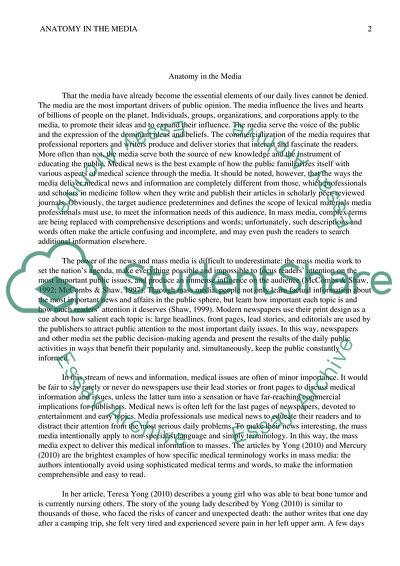Cite this document
(Anatomy in the Media Essay Example | Topics and Well Written Essays - 2000 words, n.d.)
Anatomy in the Media Essay Example | Topics and Well Written Essays - 2000 words. https://studentshare.org/media/1741558-critique-two-anatomically-related-news-story
Anatomy in the Media Essay Example | Topics and Well Written Essays - 2000 words. https://studentshare.org/media/1741558-critique-two-anatomically-related-news-story
(Anatomy in the Media Essay Example | Topics and Well Written Essays - 2000 Words)
Anatomy in the Media Essay Example | Topics and Well Written Essays - 2000 Words. https://studentshare.org/media/1741558-critique-two-anatomically-related-news-story.
Anatomy in the Media Essay Example | Topics and Well Written Essays - 2000 Words. https://studentshare.org/media/1741558-critique-two-anatomically-related-news-story.
“Anatomy in the Media Essay Example | Topics and Well Written Essays - 2000 Words”. https://studentshare.org/media/1741558-critique-two-anatomically-related-news-story.


